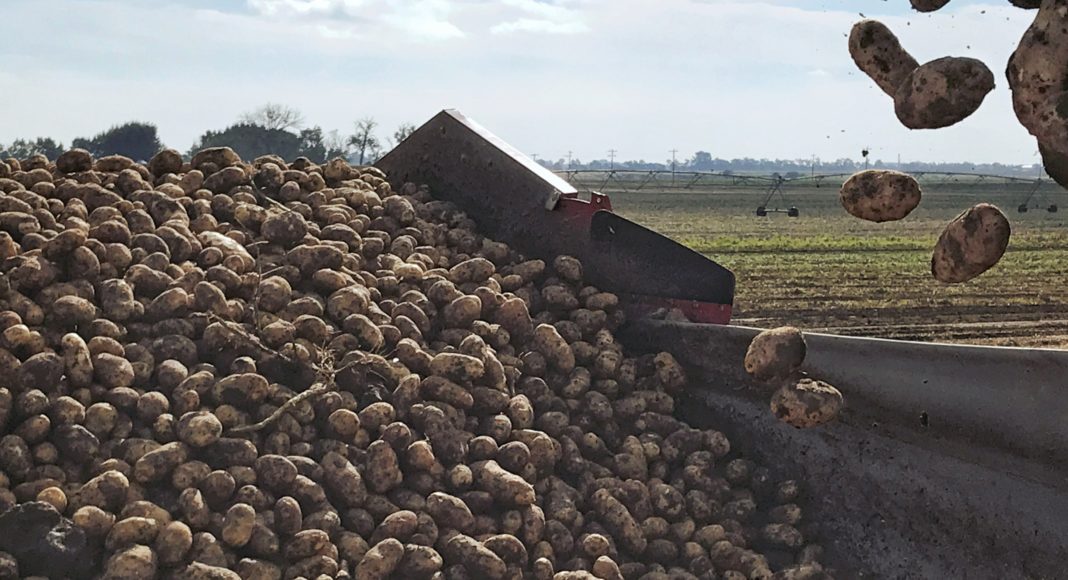You’ve seen the research study results that show soil fumigation with chloropicrin, aka Strike, can effectively subdue rhizoctonia, black dot, common scab, and early die complex. You’ve heard experts explain how chloropicrin can boost soil’s health and potato production’s sustainability. You’ve invested in Strike, and put time and effort into its application. But then, frustratingly, your results are shy of your expectations.
Could Strike not be all that the experts crack it up to be? The success is in the details of this powerful, but complex product and its proper application.
When I was a teen, I decided to paint my room. I figured a coat of navy blue would cover the peeling wallpaper, fix the pincushion of nail holes and basketball dents over my desk; be miles easier than scrubbing away the spaghetti sauce that had spilled and then dried onto the wall behind a shelf.
Was I ever wrong.
What I learned the hard way that day is painting, like so many things in life, isn’t a standalone, single-step fix. It’s the final step in a process. The much less fun jobs – the tedious pulling of wallpaper, scrubbing of walls, filling of holes – are what make or break the final result.
Soil fumigation is just the same. Strike soil fumigant is most effective when the land is prepared in a way that allows the product to work its magic. The crop prior to soil fumigation, the type of equipment you use to apply Strike, and the placement of the product in the soil all play a critical role as well.
I can’t overstate the importance of managing trash in a field. Excess trash will not only cause application management headaches, it’ll clog your injection shanks, compromise fumigant placement and disturb newly treated soil. These below-ground issues, largely hidden at application, are far and away the most common culprits when fumigation doesn’t perform as it should.
I recommend applying fumigant following a low-trash crop like oats, barley or wheat. Prepped correctly, application following rye grass, a multi-cereal blend or soybeans can also work. While fumigating after clover or corn may be possible, watch carefully for stalks/root balls to cause clogging, plugging and disturbance. Too, keep in mind that corn stalk holes can act like thousands of little chimneys venting your fumigant investment right up and out of the ground.
To create the most effective fumigant zone, Strike needs to be injected 10-12” into the ground under the crop bed. There’s not much to the plumbing aspect of application: the product simply needs to be pushed from a tank to an electronic- or hand-regulated valve that sets the flow rate. While the application kit system is fairly uniform, various types of ground prep equipment suit differing soil types and conditions. After a lot of field testing, we’ve found success with two specific models. In rocky conditions, I generally recommend the ultra-tough Spudnik hiller with a 209 Kit, which can be ordered for any row configuration and bolts fairly easily onto a 9060, a 9040 or any 9000 series. In less rocky conditions, I recommend the FlexFume, which has two knife positions in case you run into rockier zones. In regions prone to wind or water erosion, opt for a dammer-diker instead.
Yes, it’s work to fumigate well. But, as farmers are increasingly learning, Strike is absolutely worth the effort.
Related Articles
What Patates Dolbec Learned About Soil Fumigation Could Make You Money
Getting to the Bottom of Common Scab in Canada
Tackling Early Die Complex — a Sneak Peek from Potato School








